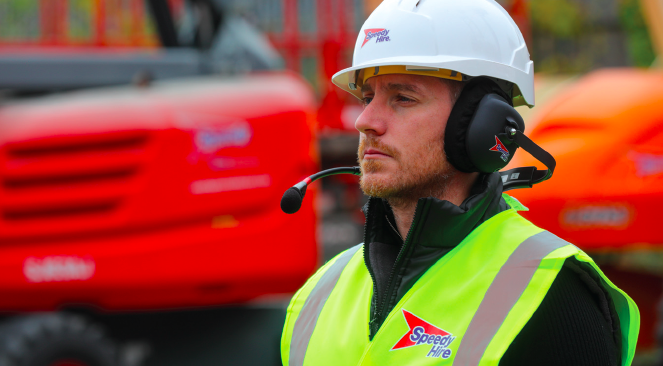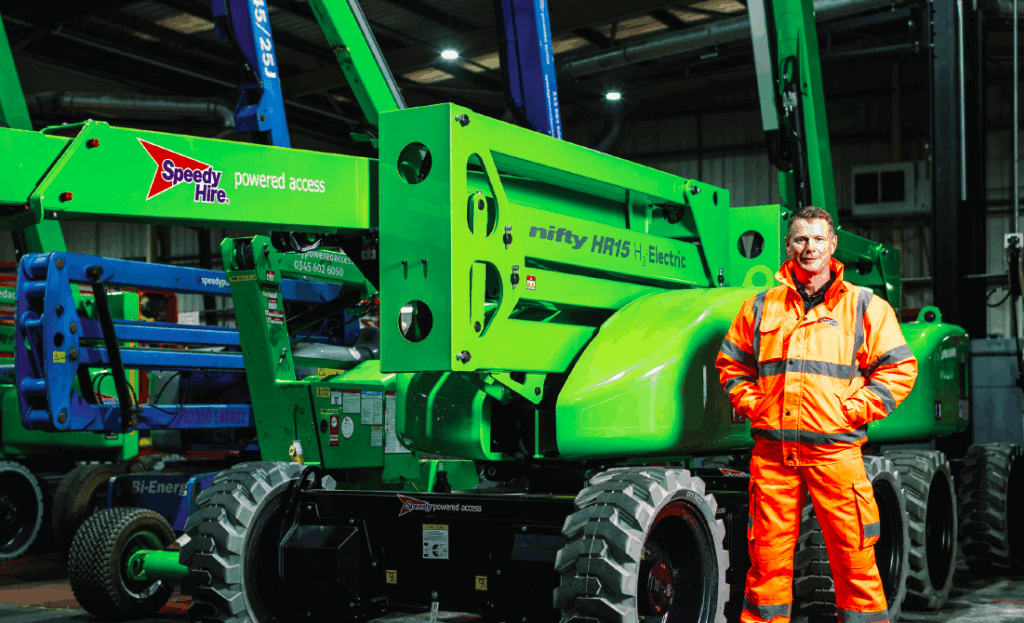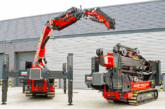
Matt Pygott, head of Net Zero, Speedy Hire, looks at carbon reporting on site and why data-driven decisions are key to decarbonising construction.
At Speedy Hire, we support thousands of construction sites across the UK and Ireland – from regional housing developments to major infrastructure projects. As a provider of tools, equipment, and plant hire services, we play a vital role in enabling contractors to operate more sustainably and help them reach their sustainability targets.
Our customers range from local trades to Tier 1 contractors and joint ventures, all with one thing in common: the growing need to reduce carbon emissions, meet ambitious environmental targets and deliver business growth. As head of Net Zero, I work directly with project teams, sustainability leads, and procurement managers who are looking for practical, measurable ways to decarbonise their sites, get validated emissions data and onboard supply chains which provide technology that drives innovation and continual improvement.
Targeting emissions
To help meet that need, we’ve developed and launched the Speedy Hire Carbon Reporting Tool – the most advanced system of its kind in the UK & Ireland hire market. It enables our customers to benchmark, measure, and reduce the emissions impact of the equipment they use on site, helping them reach their Net Zero goals faster.
What sets the Carbon Reporting Tool apart is its scale, accessibility, and accuracy. It draws on thousands of products and allows users to track product-level carbon performance. This provides a true picture of emissions based on actual equipment use, not estimates or assumptions – helping customers make smarter, lower-carbon choices on every job. This tool combines with our suite of carbon intelligence services, such as the Diesel Free Matrix, centred around our third party verified PAS2080:2023 management system, which allows Speedy to decarbonise our customers operations through offering low carbon product comparative assessments and validated whole life carbon data assessments.
We launched the Carbon Reporting Tool in early 2025 after 12 months of development, shaped by input from our supply chain and Speedy data engineers, and trialled by key clients – including infrastructure giant Amey, who has already embedded it into its workflows.
With increasing pressure from public sector frameworks and private investors to demonstrate validated carbon transparency, the time for reliable data tools is now.
The Carbon Reporting Tool is already being used across a range of live construction, utilities, and infrastructure projects in the UK and Ireland. It’s built to scale – meaning customers can report at depot, project, regional or national level.
 The rationale
The rationale
Why launch the tool? Quite simply you can’t manage what you don’t measure. The construction industry is making the shift from carbon ambition to carbon action – and the Carbon Reporting Tool helps bridge that gap.
From commitments stated by the Construction Leadership Council, customers public Net Zero declarations and tender requirements, the needs for carbon reporting, management and reduction are ingrained across the sectors. Traditionally, equipment decisions have been based on availability, cost, or convenience. Now, thanks to our tool, contractors can factor in whole life carbon impact at the point of hire to off-hire, benchmark across sites, and track progress against decarbonisation targets – with confidence in the data behind it.
And as the first UK and Ireland hire provider to achieve PAS2080:2023 thirdparty verification, we’ve backed that data with a fully audited carbon management system – delivering compliance, transparency, and assurance for our customers.
 The road ahead
The road ahead
Speedy Hire is more than just a hire company – we’re a strategic partner in helping the industry decarbonise. That’s why we’ve set ourselves an ambitious target: 70% of our core fleet will be eco-products by 2027, Net Zero by 2040. Our Carbon Reporting Tool will help drive that change.
However, it isn’t the end goal – it’s the enabler, driven by continual improvement as it’s an ever-expanding tool which is not static. We look forward to future revisions bringing more supply chain data, linking to onboard telematics of small tools and wider fuel reporting. It allows customers to meet regulatory requirements, win work, reduce costs, and lower their carbon footprint – all by making informed, data-led decisions at the point of hire.








